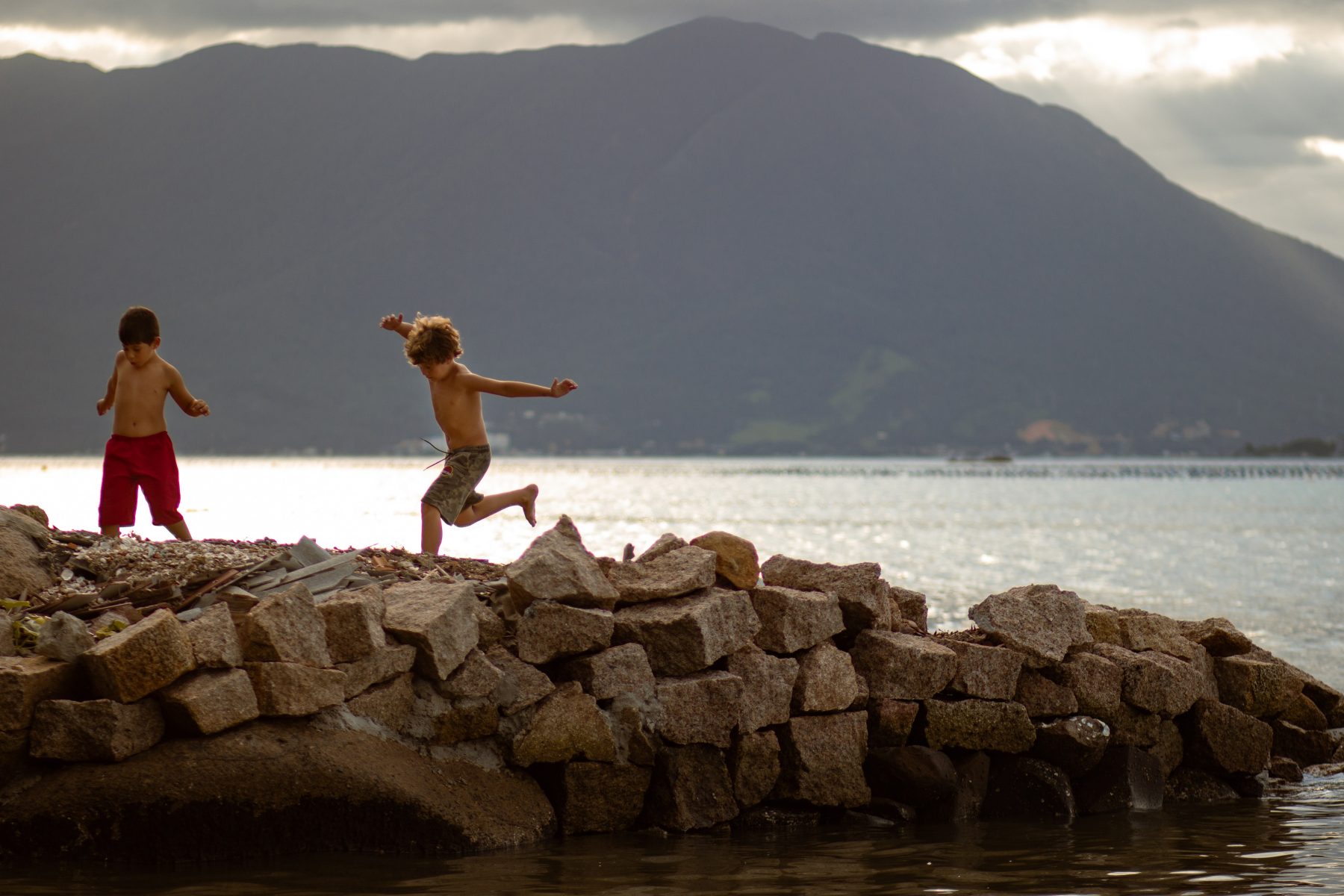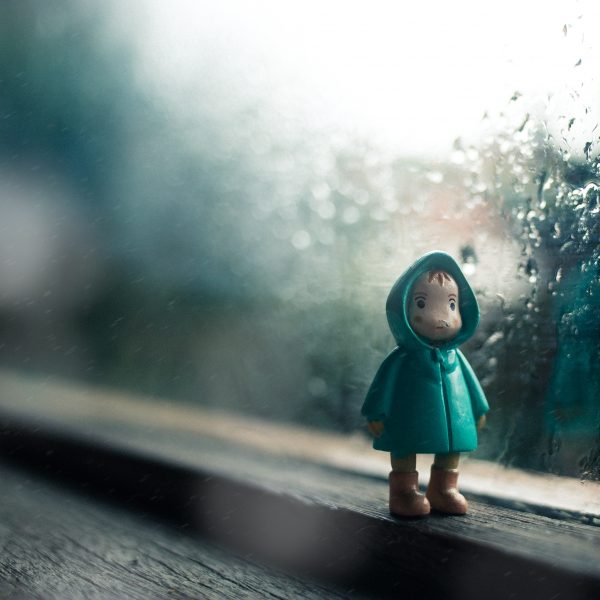Programming. Mountains out of Molehills

YES, programming, documentation, observation, assessment, reflection, and so much more, are part of our professional obligations as educators. It is the area that many find the most challenging, that causes them the biggest stress and anxiety, that sadly often causes conscientious educators to leave the profession.
BUT have we created this heavy burden for ourselves as a profession? CONSIDER……..
Do you have a set number of observations you have to do?
Do you have a set number of learning stories that you have to write per child?
Do you send parents photo updates during the day?
Do you complete a page in a daybook every day?
Does the demand for programming take you away from the children?
Do you find your allocated non-contact time is not enough?
Are you struggling to keep up with programming and it is getting you down?
Are you catching up in your own time?
If the answer is YES to any of these, it’s time to rethink your programming and documentation. WHY? For educator health and well-being and for the children in your care.
SO, there are:
NO stipulated number of observations per day or per child.
NO stipulated number of learning stories.
NO requirement to send photos or updates to parents every day.
NO requirement to complete a daybook every day.
NO requirement to do the documenting and programming in non-contact time.
No requirement for electronic documentation
Is it?…….
Time to go back to basics?
Time to prune back?
Time to look at priorities?
What do the regulations say? What are the expectations of educators in this regard?
Standard 1.3 Assessment and Planning: Educators and co-ordinators take a planned and reflective approach to implementing the program for each child.
Assessment documentation must be kept for each child.
There is no prescribed method in the National Law or National Regulations for documenting assessment of children’s learning.
For children who are preschool age and under, this documentation should include:
- assessments of the child’s development needs, interests, experiences and participation in the educational program
- assessments of the child’s progress against the learning outcomes of the educational program.
Time to critically reflect on why you do what you do and if there are better ways of doing Programming?
Why have we started sending regular photo updates to parents every day, multiple times a day, whose idea was that? Yes, the parents like it and ask for it and now demand and expect it. Does it benefit the children or the educators? No, it disconnects us from the children and is just another responsibility for educators. Parents can get regular/daily updates when they come to the setting. Parents should trust educators to care and educate their children.
Paper hard copy or online electronic?
What is the direct benefit to the children we advocate for, the children we care so deeply about? All the documentation is done by the educator away from the children, often during precious non-contact times. Many electronic programs automatically link to frameworks, educators’ professional knowledge, opinion and judgement is not valued. Corrupt programs lost or broken USB sticks means valuable history and memories lost.
After 38 years in the profession, 38 years of documentation and programming, 38 years of research and experience, I always come back to the good old fashioned paper BIG journaling book for the group of children. I might be a dinosaur in age, but I have the most up to date electronic equipment for my life and work but not for my work directly with children.
Big A2 books for group documentation create a community of learning as educators and children engage deeply in documenting their thinking and learning together. Non-contact time is used for deeper professional research and making resources. Documentation is with and for children and not about them. Sensorial, highly valued by children and families, treasured for years, making them a good sustainable resource. Children select and cut out photographs, glue them in, add other physical objects, and their own marks. Observing adults’ scribe, children contextually become aware of the link between the written and spoken word, promoting literacy.
Children have ownership and agency, telling us if they don’t want their story told, or photographs used. They share their thinking and learning, experiences from months/years previously, can be revisited when they choose to in a book always available to them. I have 16-year-olds proudly share their personal journals with me, valued treasures. I have never had a child want to share a USB stick. Yes, families can print their own books but how many do!
Lastly, educators walk around with iPads or iPhones photographing. We do have to consider what message it sends to children to see adults constantly behind a screen. Children aspire to be like adults, they will aspire to have more devices and screen time. Digital cameras are a wonderful alternative option to consider.
Let’s get back to what is best for children.
The Australian Learning Tracks Documentation Framework, developed by the author, offers a simple way to document WITH children, not just about them. See here for more information.
This piece first appeared on Natural Learning and has been reshared with author permissions.
Popular

Policy
Practice
Quality
Provider
Research
Safety starts with supervision: responding to real risks in ECEC
2025-07-07 10:30:58
by Fiona Alston

Policy
Provider
Practice
Quality
Jay Weatherill appointed to co-lead urgent review into childcare safety in Victoria
2025-07-07 07:24:04
by Fiona Alston

Quality
Practice
Provider
Workforce
Reclaiming Joy: Why connection, curiosity and care still matter in early childhood education
2025-07-09 10:00:07
by Fiona Alston













